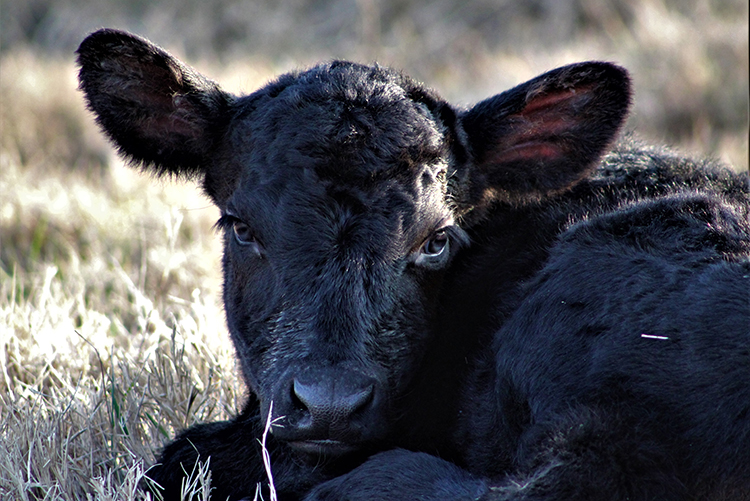The native beef herd is experiencing record low numbers in 2022, presenting an opportunity for dairy-beef crossbred calf programs to not only help stabilize the beef supply as consumer beef demand continues to grow, but also to develop higher quality animals that continue to provide a quality product for consumers.
For dairy producers to earn the most value for their dairy-beef crossbred calves, there are a few factors to take into consideration when developing your program.
1. Choose proper beef genetics
Genetics play a major role in developing a quality dairy-beef crossbred. We recommend working directly with your genetics representative to determine the best fit for your breeding program.
2. Take critical care in the first 48 hours
Just like your replacement heifers, the first 48 hours of a dairy-beef calf’s life are crucial to produce a profitable animal. Immediately after birth, make sure to remove the calf from the calving pen to a clean, dry nursery and dip the navel. Within the first hour after birth, feed at least one gallon of high-quality colostrum to provide antibodies to help protect the calf from disease early in life. Additionally, practicing good hygiene and reducing stress when transporting can all help get your calf off to a strong start.
3. Provide a holistic nutrition program
To grow consistent, healthy, and efficient dairy-beef crossbred calves that produce high-quality beef, we must provide optimal nutrition in the neonatal stages. By feeding crossbred calves a higher plane of nutrition with 1.5 to 1.8 lbs. of milk replacer per day, producers will see better performing calves and decreases in cost per pound of gain compared to calves fed a lower plane of nutrition, i.e., 1 to 1.2 lbs. of milk replacer per day.
When it comes to weaning, dairy-beef crossbred calves are more efficient and perform better when given a longer preweaning phase of at least 8 weeks. When a calf eats high quantities of starter feed too early in life, it can lead to damaged gut tissue. So, extending the preweaning phase from 49 days to 56 days and feeding a high plane of milk replacer encourages the calf to ease into starter feed. This allows for proper rumen maturation and provides more body capacity for a larger rumen as a result of protecting the gut from tissue damage.
To produce high quality beef that both packers and consumers expect, supporting muscle growth in crossbred calves is crucial. Knowing this, it’s important to focus on a nutrition program that supports efficient weight gain and muscle growth.
Protein is necessary for muscle growth, so a high-protein milk replacer and a starter feed composed of at least 20% protein is crucial for adequate muscle growth in the preweaning phase. Feeding this same starter feed until about 12 weeks of age will lead to continued efficiency, muscle growth and performance in the post-weaning phase and ultimately to a lower cost per pound of gain.
To learn more, talk with your Purina representative or visit purinamills.com/milk-replacer today.
® Purina Animal Nutrition, LLC.

